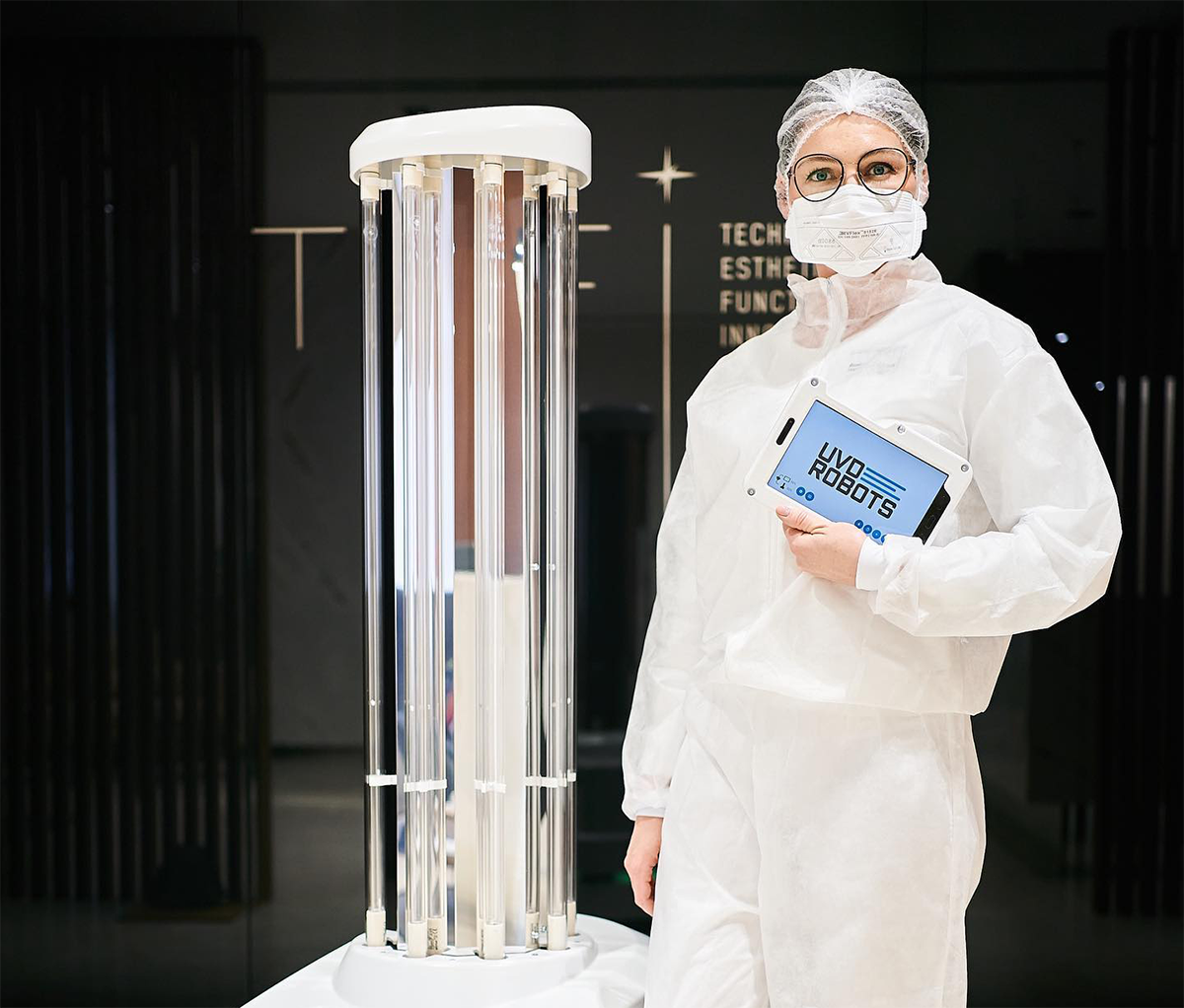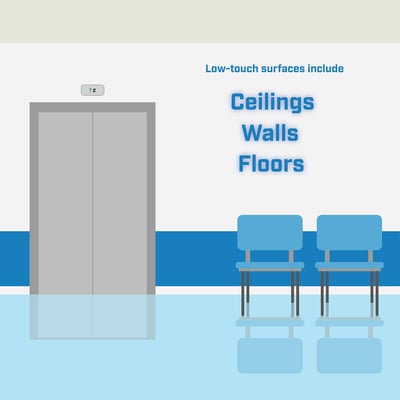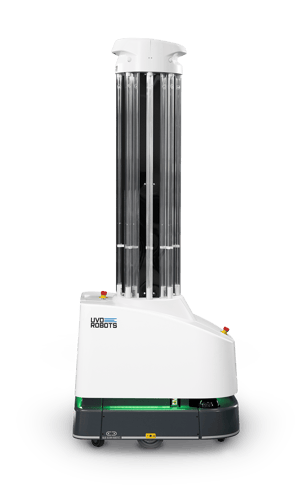Title
Content
Title
Content

Areas within indoor environments may experience different degrees of use, and this may result in different levels of bacteria and microorganisms. Here is what you need to know.

Low-touch surfaces are objects that experience the least amount of contact in indoor environments.1 These can include surfaces like:
Low-touch surfaces may seem like they are not areas at high risk of carrying bacteria and microorganisms. This, however, may not be entirely true – as different microorganisms have been associated with frequenting low-touch surfaces at substantial rates.
For example , a 2022 University of California San Diego study3 determined the presence of detectable SARS-CoV-2 in three apartments:
| Apartment | Type of Surface | Positive | Negative | Positive Percentage |
| A | Low-Touch | 17 | 36 | 32% |
| B | Low-Touch | 5 | 42 | 11% |
| C | Low-Touch | 19 | 35 | 35% |
There is a way to improve the disinfection of low-touch surfaces, and this includes the use of Ultraviolet (UV) light.
UVD Robots are a series of mobile, self-navigating UV disinfection robots produced by the Danish company Blue Ocean Robotics, a company that manufactures and develops mobile robots for the service industry.
These robots are self-driving and require minimal labor to distribute Ultraviolet C (UV-C) light to disinfect indoor areas. UVD Robots use 254 nanometer (nm) UV-C light in particular, a type of light associated with reducing:

UVD Robots provide fully automated disinfection solutions with predictable, and cost effective outcomes in various environments.
Click the button to learn how our UVD Robots are using UV-C light to eliminate more than 99.99% of selected microorganisms in the environment by disinfecting with UV-C light.
1. Park, Haeik, et al. "Does hotel cleanliness correlate with surfaces guests contact?." International Journal of Contemporary Hospitality Management 31.7 (2019): 2933-2950.
2. Andersen, Helle Stendahl. Analysis Report: Test of UV Disinfection Robot acc. NF T72-281. Report Number 754372_Rev. 2. Danish Technological Institute, 2020.